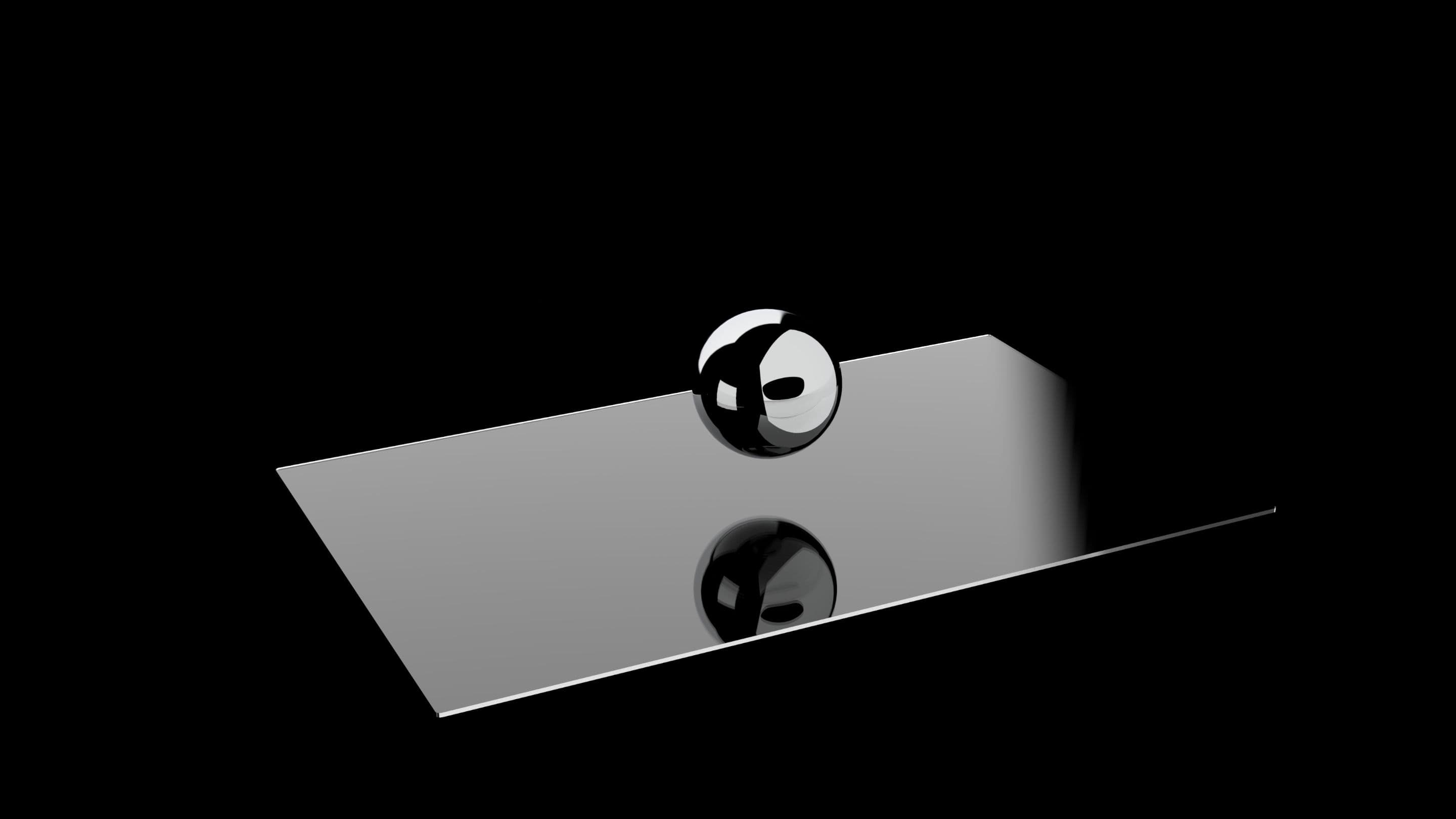Chemical resistance Excellent for medical technology and industry
ASTM D1308-87
The ULTRA touchscreen surface has been tested according to ASTM F1598-95 and does not change due to exposure to the following ASTM F1598-95 chemicals over a period of one hour at 22 degrees C and at 45% relative humidity.
ASTM F1598-95
Tea, Coffee, Ketchup, Mustard, Vinegar, Beer, Coca-Cola, Red Wine, Cooking Oil, Wisk Detergent, Fantastik All-Purpose Cleaner, Joy Dishwashing Detergent, Windex, Formula 409 Cleaner, Clorox Bleach (5.25%), Hydrogen Peroxide (3%), Lysol, Ethyl Alcohol, Isopropyl Alcohol, Acetone, Methyl Ethyl Ketone (MEK), Toluene, Concentrated Hydrochloric Acid, Raw Gasoline, White Spirit, Gasoline, 10W30 Engine Oil, Diesel Fuel, Transmission Oil, Brake Fluid, Antifreeze, Hydraulic Oil
Dental material
- Carbamide peroxide 20%
- Sodium hydrochloride 3%
- Phosphoric acid 35%
- Caries detector
- Polyether adhesive
- TempBond®
- Polyether
- Orange Solvent
Chemical resistance
| Material | Standard |
|---|---|
| Hydrolytic resistance according to | DIN ISO 719 |
| Hydrolytic classification | HGB 1 |
| Base equivalent per g glass semolina in μg/g | 20 |
| Acid resistance according to | DIN 12116 |
| Acid classification | 2 |
| 50% surface loss after 6 hours in mg/dm2 | 1.4 |
| Alkali resistance according to | DIN ISO 695 |
| Classification | A 2 |
| Surface loss after 3 hours in mg/dm2 | 88 |
Acid attack

Lye attack

